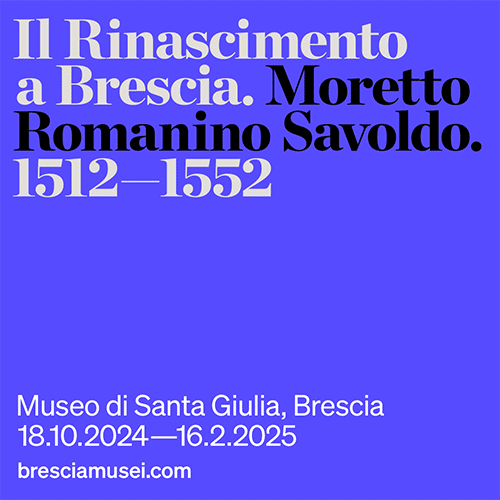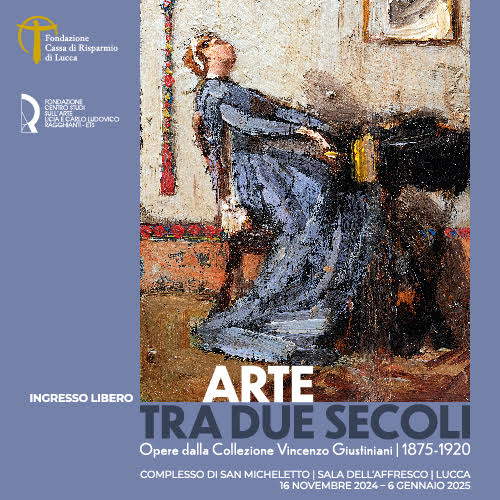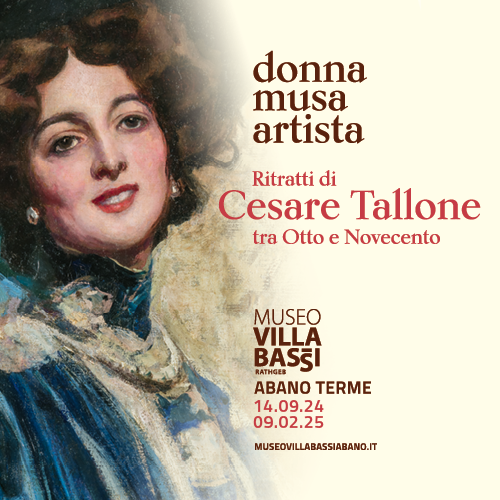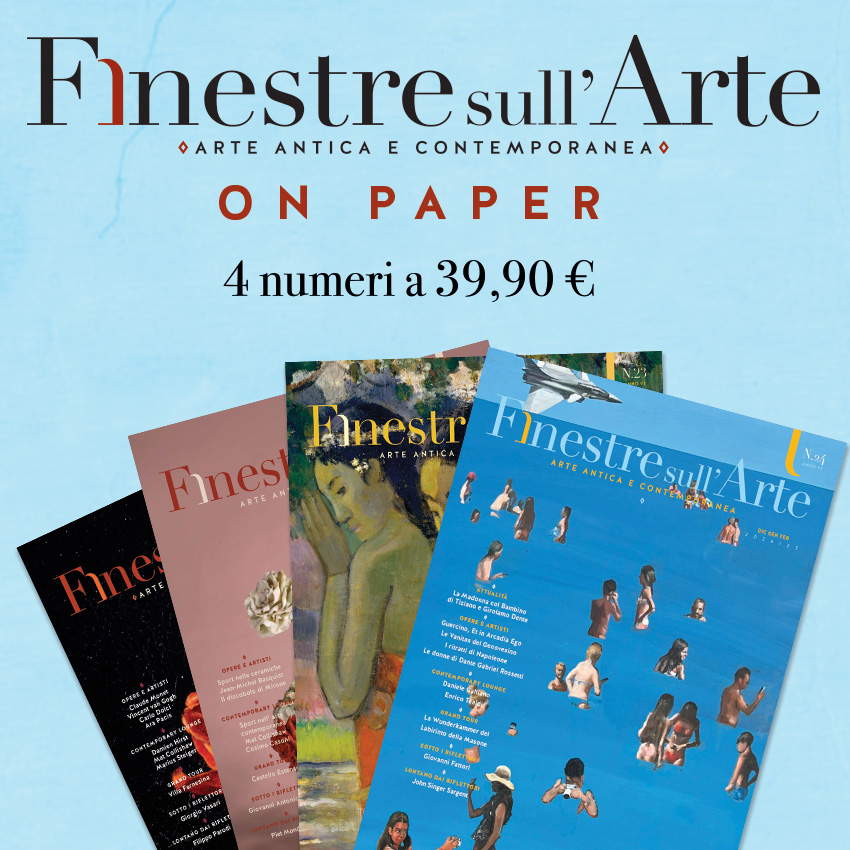Finestre Sull'Arte and Mo(n)stre together for Palazzo Del Medico in Carrara
Tomorrow, in the late afternoon, I and my friend Fabrizio Federici, an art historian of well-known skills, titles and competences, as well as admin of the beautiful Facebook page Mo(n)stre, will be received in Carrara, in the town hall, by the Council Commission for Culture: the object of the discussion will be the conditions of Palazzo Del Medico, a late Baroque jewel and among the main testimonies of the eighteenth century in Carrara. The Palace today, unfortunately, is in such a state of deterioration that restoration work is required. Here is the text, written by Fabrizio, which we filed with the City Council:
"Overlooking the central Piazza Alberica, the Palazzo Del Medico constitutes one of the most interesting monuments of the city of Carrara. The interest of the building, which dates back to the first half of the 18th century, lies, on the one hand, in its historical importance: it represents the symbol of the economic and social rise of a Carrara family and, at the same time, of an entire class, which, thanks to the excavation and trade of marble, increased its wealth and prestige (reflected by the acquisition of noble titles) and established itself at the top of city life, which it occupied for about a couple of centuries. A family, that of the Del Medico family, which does not hesitate to place itself directly in competition with the ducal family, as denounced by the very facade of the palace, which clearly takes the form of a reprise of that of the Palazzo Ducale in Massa, which it is not only intended to emulate, but to surpass in sumptuousness (stucco is replaced by marble).
This aspect is accompanied by a more properly artistic interest, which is manifested not only in the sumptuous and elegant facade together, designed according to some by Alessandro Bergamini and characterized by great executive skill in all the ornaments, but also and above all in the interiors: the entrance landrone, with its marble reliefs walled into the walls; the halls of the piano nobile, rich in marble decorations, fireplaces, frescoes and stuccoes; the magnificent alcove, a true triumph of marble, white and colored, embellished with two herms depicting the Dawn and the Sleep; and the Gallery of Mirrors, to which we shall return. The beauty and richness of these rooms mean that the building’s importance transcends local lambito and that the palace stands as one of the most significant testimonies to that season in which the last flashes of the Baroque and the nascent Rococo gracefulness merge. The palace lives a secluded existence, little known as it is to the Carrarini themselves and hardly accessible; a good part of the most significant rooms, in fact, is occupied by commercial activities. The problem does not lie, however, in the public usability of the spaces and in the use of at least part of the building as a venue for cultural activities (which would, in any case, be desirable in the future), but rather in an aspect that lies upstream of this, namely the physical preservation of the jewels kept inside Palazzo Del Medico. If in fact the alcove and the rooms on the second floor are in (at least apparently) quite good condition, the Mirror Gallery that one encounters on the second floor as one ascends the palace’s stairs is in a state of very severe deterioration. The mirrors are largely missing (in their place can be seen the wooden boards on which they were once fixed, or directly the masonry) or, if there are any, they are completely blackened; part of the marble decoration of the lower portion of the walls is missing; the stuccoes are in many places shattered; the frescoes of the vault are damaged; and there are large portions where the plaster has fallen off, leaving glimpses of the tarnished. This miserable situation, which should be remedied as soon as possible, cannot but leave all lovers of art and cultural heritage stunned, since the stuccoes, populated with real and fantastic animals, immediately appear to be of a very high level of design and execution, and since the environment as a whole constitutes a valuable and very rare (not only in Carrara) example of a Rococo interior. Add to this the fact that this situation of degradation constitutes a serious danger to the safety of those who happen to pass or stop in the gallery."
Tomorrow we will therefore be at the Town Hall in Carrara to make the institutions aware of the situation in which Palazzo Del Medico finds itself, and to make our proposals. We will therefore ask:
- That the Municipality of Carrara make contact with the current ownership of the palace in order to carry out inspections and verify the possible willingness, on the part of the ownership, to proceed with restoration work;
- That the Municipality of Carrara verify the possible availability of funds to incentivize the current ownership of Palazzo Del Medico to proceed with the restoration work;
- That the Municipality of Carrara also make contact with the Superintendence, which in any case we, through Fabrizio’s work, have already informed about the situation of degradation of Palazzo Del Medico: such collaboration between the Municipality and the Superintendence should be aimed, precisely, at finding shared solutions to improve the conditions of the palace;
- That the Municipality of Carrara ask the Superintendence, if it has not already done so, to verify the possibility of proceeding to a declaration of cultural interest for the Palace;
- To verify whether it will be possible to make sure that, in the future, at least the most valuable rooms of the Palace can reach a public destination, with cultural purposes.
We at Finestre sull’Arte and Mo(n)stre are therefore about to play our active part in defense of the historical-artistic heritage of our territory: we hope, therefore, that the institutions will also want to play their active part, and that they will cooperate so that the wonderful Palazzo Del Medico will be lifted from its degradation and the conditions will be put in place so that it can be preserved and maintained in the most consonant manner in the future as well.
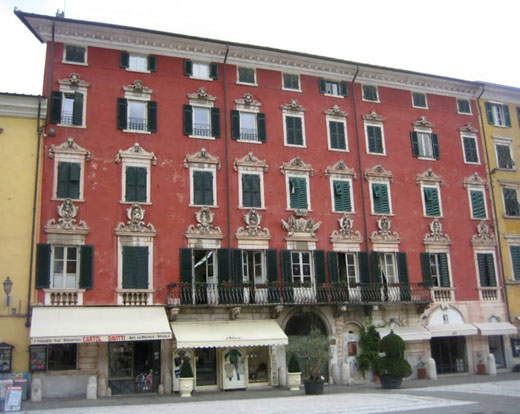
Palazzo Del Medico in Carrara (photo by Fabrizio Federici)
Warning: the translation into English of the original Italian article was created using automatic tools. We undertake to review all articles, but we do not guarantee the total absence of inaccuracies in the translation due to the program. You can find the original by clicking on the ITA button. If you find any mistake,please contact us.






